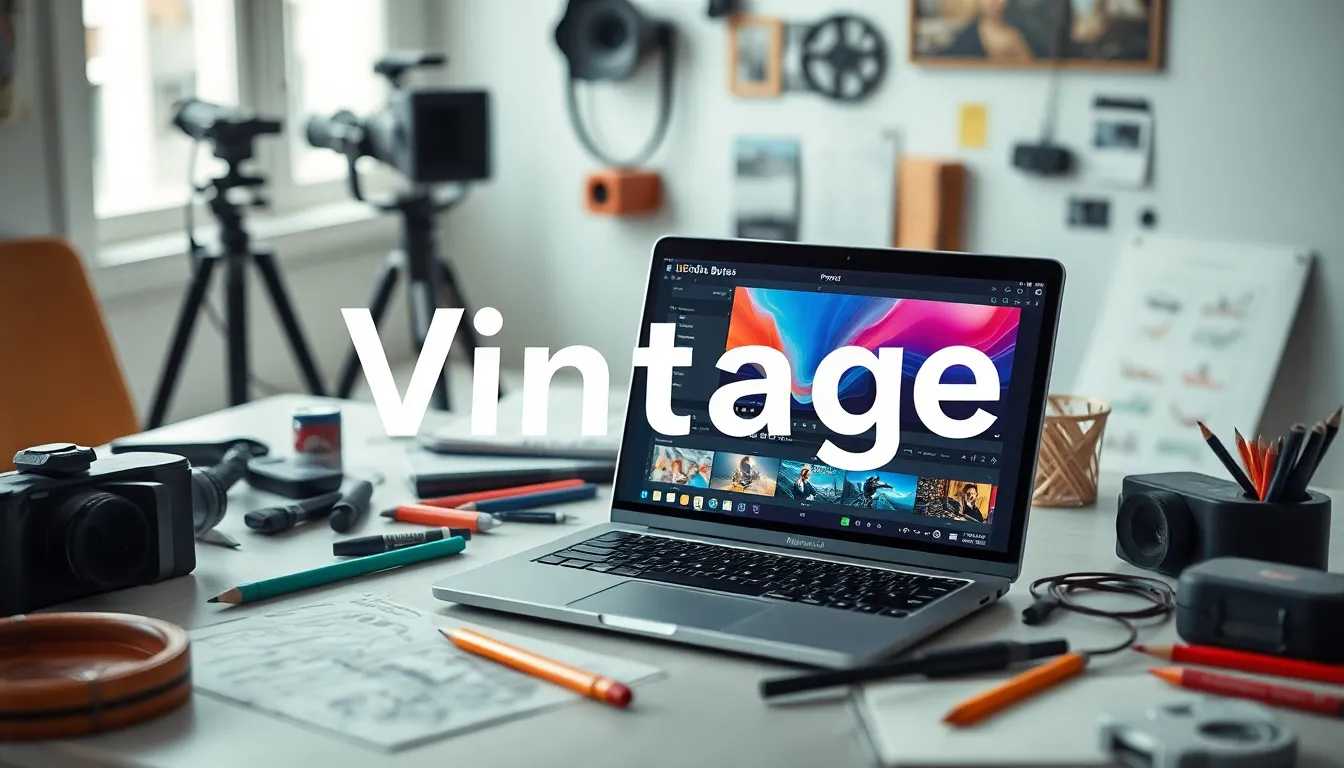In the world of education, the term “mastery charter” might not sound as exciting as a rollercoaster ride, but it packs a punch that could change the game for students and educators alike. Imagine a school where every child isn’t just taught but truly learns, mastering skills at their own pace. Sounds like a dream, right? Well, it’s more of a reality than you might think.
Mastery charters are designed to empower students, ensuring they grasp concepts before moving on. This approach isn’t just about passing tests; it’s about cultivating a genuine understanding that lasts. So buckle up as we dive into the fascinating world of mastery charters, where education meets innovation, and every student has the chance to shine like a star in a sky full of possibilities.
Table of Contents
ToggleOverview of Mastery Charter
Mastery charters represent a significant development in education. They emphasize deep understanding and student-centered learning.
History and Development
The concept of mastery charters emerged to address shortcomings in traditional education methods. In the 1990s, educators began exploring ways to enhance learning outcomes beyond standardized testing. The movement gained traction as schools recognized the value of personalized learning pathways. By the early 2000s, several organizations adopted mastery charters, focusing on curriculum designed to facilitate mastery of content. This evolution aimed to create an educational environment where learners can progress at their individual pace. Consequently, mastery charters continue to inspire educational reform across the country.
Core Values and Mission
Mastery charters are rooted in specific core values that prioritize student achievement, collaboration, and growth. Commitment to ensuring every student grasps the material is fundamental to their mission. They foster a culture of high expectations, promoting resilience and perseverance among students. Furthermore, mastery charters encourage collaboration among educators and stakeholders, recognizing the importance of shared responsibility in student success. The mission also includes empowering learners with self-paced education, enabling them to take ownership of their academic journeys. Overall, these values create an environment that nurtures critical thinking and lifelong learning.
Educational Approach
Mastery charters emphasize a tailored educational experience for each student, focusing on deep comprehension rather than rote learning.
Curriculum Design
Curriculum design in mastery charters centers around personalized learning goals. Each student participates in crafting their learning path through assessments and interests. Flexible pacing models cater to individual needs, ensuring students progress upon demonstrating mastery of concepts. Diverse resources, including technology and collaborative projects, support varied learning styles. Through this design, educators aim to instill critical thinking and problem-solving skills, which are essential for future success.
Teaching Methodologies
Teaching methodologies in mastery charters leverage interactive and engaging techniques. Educators utilize project-based learning to foster collaboration among students, promoting teamwork while tackling real-world problems. Formative assessments guide instructional strategies, allowing educators to adjust their approaches based on students’ progress. Direct instruction combined with facilitated discussions ensures that all students receive targeted support. This student-centered approach cultivates an environment where each learner feels valued and empowered to take charge of their education.
Student Outcomes
Mastery charters yield significant improvements in student outcomes, demonstrating their effectiveness in education. Two main areas showcase these results: academic performance and social-emotional learning.
Academic Performance
Students in mastery charters often show enhanced academic performance. Research indicates that they achieve higher test scores compared to peers in traditional settings. Personalized learning paths contribute to this growth, allowing students to master concepts thoroughly. Flexible pacing ensures they grasp material before advancing, promoting deeper comprehension. Data reveals that students outperform expectations in standardized assessments when engaged in mastery charters. Schools implementing these models also experience increased graduation rates, reflecting long-term educational success.
Social and Emotional Learning
Social and emotional learning thrives in mastery charter environments. Students develop essential skills like collaboration, resilience, and self-regulation. Classrooms emphasize teamwork, inviting peer interaction that fosters connections. Teachers incorporate activities designed to build emotional intelligence, enhancing students’ ability to navigate challenges. Research shows that mastery charter students report higher levels of confidence and motivation. This supportive community nurtures a positive mindset, equipping students with tools necessary for real-world challenges.
Community Involvement
Community involvement plays a vital role in the success of mastery charters. These educational models thrive when families and local organizations actively participate in the learning process.
Parent and Guardian Engagement
Parents and guardians contribute essential support to mastery charters. Their involvement enhances communication between home and school, fostering a collaborative environment. Regular workshops educate families about the mastery approach, empowering them to take an active role in their children’s education. Feedback opportunities allow parents to share insights about their experiences, further strengthening community ties. Schools also organize events that invite families to participate in learning activities. This engagement leads to improved student motivation, as learners recognize the value placed on their education by their families.
Partnerships with Local Organizations
Local organizations bolster the effectiveness of mastery charters through strategic partnerships. Collaborations with nonprofits provide resources and support for students’ academic and social-emotional development. Community events organized by these partners offer students real-world learning experiences that extend beyond the classroom. Connections with local businesses foster internship opportunities, allowing students to explore career options while developing critical skills. These partnerships ultimately enrich the educational experience, linking mastery charters with the broader community and enhancing student opportunities for success.
Critiques and Challenges
Mastery charters face several critiques and challenges that merit close examination.
Performance Variability
Performance variability emerges as a significant issue within mastery charters. Students often experience varying levels of engagement and achievement in these personalized learning environments. Some learners thrive under self-paced models, excelling in their understanding of concepts. Others, however, may struggle to keep up or feel lost without structured guidance. Research highlights that this performance inconsistency can lead to disparities in academic outcomes among different student groups. Addressing these differences through targeted support and interventions remains essential for maximizing the effectiveness of mastery charters.
Resource Allocation
Resource allocation presents another challenge for mastery charters. Funding disparities can impact the implementation of personalized learning initiatives. Schools with limited resources may find it difficult to provide the technology, materials, and personnel needed for effective mastery-based programs. Comprehensive training for educators also becomes a challenge in resource-constrained environments. Consequently, some mastery charters may not reach their full potential without adequate investment. Prioritizing resources ensures that all students benefit equitably from the mastery approach.
Mastery charters represent a significant shift in educational philosophy. By prioritizing personalized learning and deep comprehension, they empower students to take control of their educational journeys. This approach not only enhances academic performance but also fosters essential social-emotional skills.
The involvement of families and local communities further strengthens the impact of mastery charters. Collaborative efforts create enriching experiences that connect students to real-world opportunities. While challenges exist, addressing performance variability and resource allocation is crucial for ensuring that all students benefit from this innovative model.
Ultimately, mastery charters pave the way for a more equitable and effective education system, nurturing resilient learners ready to tackle the complexities of the future.




